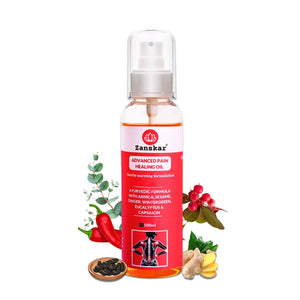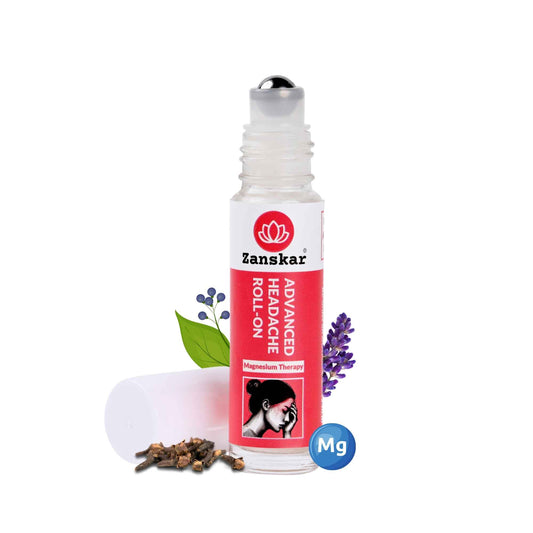
Seronegative Joint pain: Complete Guide to this extremely hard-to-diagnose condition

RA has been traditionally broken into two disease groups: seropositive and seronegative. Either status is defined by the presence (or absence) of specific antibodies (a type of protein) that are made by the immune system. In RA, antibodies recognize your healthy tissues and joints as foreign and attack them. People with seronegative RA do not have these antibodies, giving different characteristics to the disease.
Does Seronegative RA exist?
The quick answer is yes, seronegative RA does exist.
The main difference between seronegative and seropositive RA is in how they’re diagnosed. Seropositive RA can be diagnosed by testing for the presence of antibodies called anti-cyclic citrullinated peptides (anti-CCPs) and rheumatoid factor (RF) in the blood.
Seronegative RA, on the other hand, does not produce these antibodies, so it can’t be diagnosed with the same blood tests. Instead, doctors will take your medical history, do a physical examination, perform X-rays to assess joint damage, and record your symptoms. Blood tests for erythrocyte sedimentation rate (ESR) and C-reactive protein (CRP) can show if you’re experiencing higher-than-normal levels of inflammation.
Because seronegative RA can’t be diagnosed as easily as seropositive RA, the presence and severity of symptoms are important parts of making a diagnosis.
Some people with seronegative RA will develop RF or anti-CCP antibodies months to years later in the disease course.
How Is It Different From Seropositive RA?
In addition to the lack of antibodies, there are a few other differences between seropositive and seronegative RA.
Although both seropositive and seronegative RA share many risk factors, evidence suggests that smoking and obesity can increase a person’s risk of developing seronegative RA.
Seronegative individuals may also be less likely to develop rheumatoid nodules and vasculitis than people who are seropositive.
Why Does the Distinction Matter?
The distinction between seropositive and seronegative RA is important because it can help doctors rule out other rheumatic diseases during diagnosis. People who have anti-CCP antibodies and other relevant symptoms can easily be diagnosed with RA.
However, seronegative individuals may have a more difficult time getting an accurate diagnosis. For example, if a seronegative person develops a skin rash, they may be diagnosed with psoriatic joint pain. OA can also be mistaken for seronegative RA because both conditions cause joint pain and other similar symptoms.
Seronegative RA Symptoms
The symptoms of seronegative RA are similar to those of seropositive RA, affecting mainly the joints but sometimes also the skin, eyes, and overall health. Study results are mixed regarding differences between the two types in terms of severity, response to treatment, and prognosis.
1. Joint Symptoms
Joint symptoms that help diagnose seronegative RA include:
- Swelling, redness, or tenderness
- Pain or stiffness, especially in the hands, wrists, elbows, hips, knees, ankles, and feet
- Symmetrical symptoms (affecting the same joints on both sides of the body) involving multiple joints
- Morning stiffness that lasts longer than half an hour
These joint symptoms may be present in either seronegative or seropositive RA. If left untreated, RA can cause joint damage or deformity over time.
2. Skin Symptoms
Seronegative RA can also produce symptoms on the skin such as sun sensitivity, fragile skin, and easy bruising.
Skin symptoms of Seropositive RA include nodules (firm lumps under the skin) and vasculitis (blood vessel inflammation), which may cause a rash. However, people with seronegative RA may be less likely to have nodules and vasculitis than those with seropositive RA.
3. Eye Symptoms
Both seronegative and seropositive RA may cause symptoms that affect the eyes. It’s thought that swelling and inflammation caused by RA can damage eye tissue.
Eye symptoms include:
- Pain
- Redness
- Vision changes such as blurriness
- Light sensitivity
- Dry eye syndrome
4. General Symptoms
Although both seronegative and seropositive RA primarily affect the joints, inflammation from RA can also cause general symptoms. Some symptoms occur because of chemicals that the body produces in response to inflammation, and others are a result of pain from RA.
General seronegative RA symptoms include:
- Fatigue
- Malaise (a general feeling of uneasiness with no obvious cause)
- Weakness
- Weight loss
- Depression
Seronegative RA Treatment
Starting treatment for seronegative RA as soon as possible can help reverse joint damage and prevent disease progression. Some evidence indicates that people with seronegative RA may respond better to treatment than do people with seropositive RA.
Treatment for both seronegative and seropositive RA includes the following medications:
- Nonsteroidal anti-inflammatory drugs
- Disease-modifying antirheumatic drugs
- Corticosteroids
Other treatments for RA include surgery, lifestyle changes such as dietary regimens, and natural or complementary therapies.
How Is Seronegative RA Diagnosed?
RA is diagnosed through laboratory and imaging tests. These tests help your doctor or rheumatologist determine whether you have RA or another autoimmune disease.
Physical Examination
The doctor will generally begin by taking a thorough medical history and performing a physical examination. Common questions include:
- When did the symptoms begin?
- What joints are being affected?
- How would you describe the pain? (For example, sharp, dull, or aching.)
- Have you become more fatigued?
- Do you experience morning stiffness?
- What other symptoms are you experiencing?
The doctor will also typically evaluate the joints to look for signs of inflammation. They may test joint strength, range of motion, and endurance.
Outlook
RA is a chronic condition for which there is currently no cure. However, treatment can slow down the progression of the disease. It can also help reduce pain, make symptoms manageable, and prevent joint damage.
Continuing advances in RA treatment mean that the outlook for people with RA is better than ever before. Many people can live a healthy, active life with RA.
As with people who are seropositive, RA isn’t predictable for those who are seronegative. But because it can be harder to diagnose seronegative RA, it can take longer to get treated for it. That delay might make it less likely that you’ll go into remission, which is when you have very few signs of the disease.
People who start treatment within the first 2 years of symptoms are more likely to go into remission than those who don’t.
While more studies are needed to differentiate the outlook of seronagative RA from seropositive RA, the outlook for seronegative RA appears to be similar to that of seropositive RA.
Learn More About Zanskar Health
If you have joint or muscle pain that makes it hard to move, Zanskar offers the most advanced full stack pain relief solutions for you.
Now available to purchase, Zanskar® Advanced Pain Care Products have a unique formulation of natural bioactive ingredients and provide lasting relief from muscle and joint discomfort that you can feel good about. Get your fix before stocks run out - buy now.
You can also gain access to therapeutic exercises and stretches for your condition by downloading the Zanskar Health physiotherapy mobile app. Additionally, you’ll have a personal care team to guide, support, and tailor our program to you, including behavioral and nutritional coaching.
Download our mobile app here 👉 download and track your exercise streak.
Medical Review: This article is written by Dr Nishtha Mittal (Senior Health Content Editor at Zanskar Health) and has been medically reviewed by the medical team at Zanskar Health. This article and its contents are provided for educational and informational purposes only and do not constitute medical advice or professional services specific to you or your medical condition.







